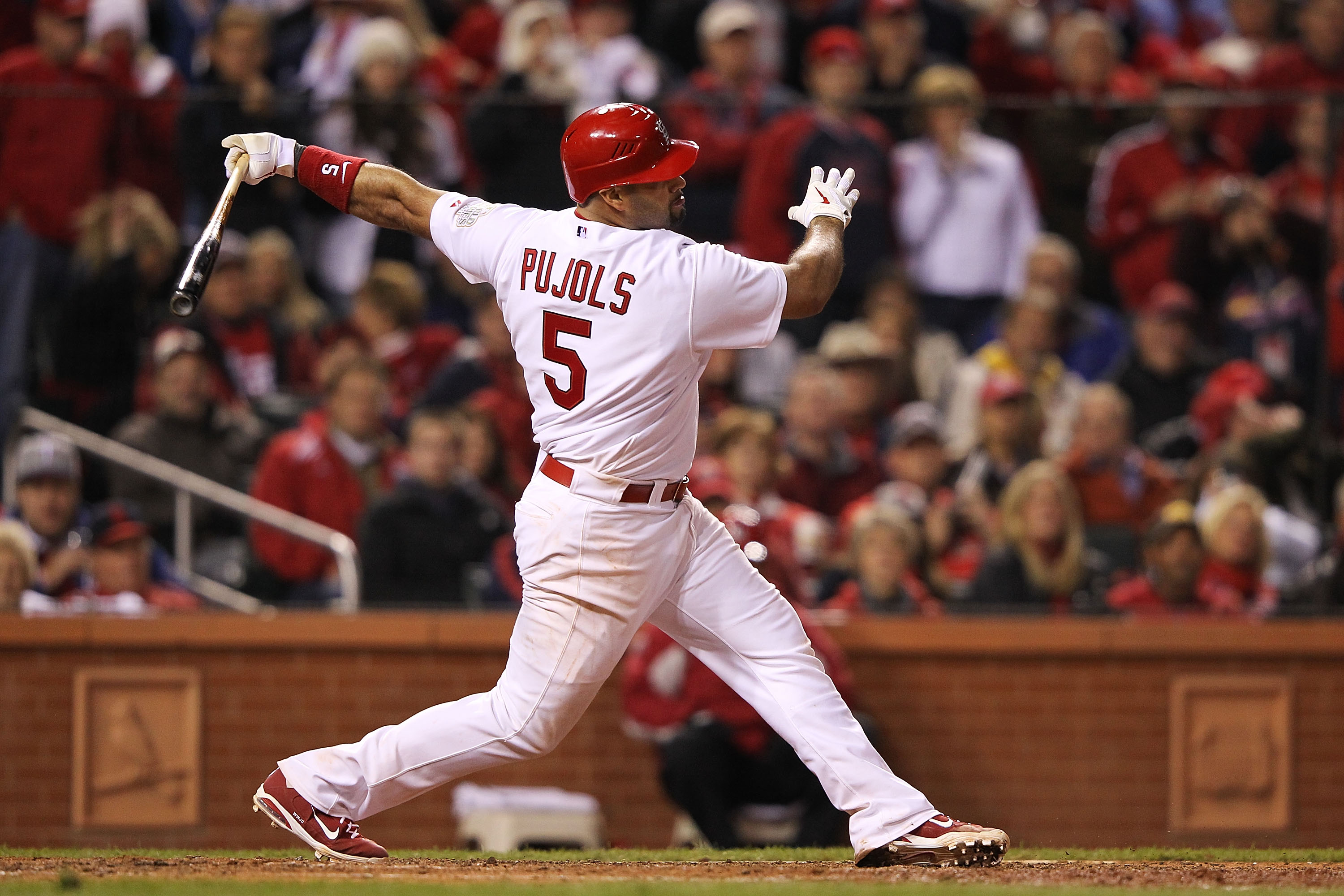Baseball is without a doubt the most statistical sport – Sabermetrics isn’t just a nice part of the game that the diehards love; it’s foundational at this point. One of the reasons the game is so easily defined statistically is how binary it is – at its core, baseball is one pitcher versus one batter. Sure, other players come into the picture once the ball is in play, but until then, it’s one versus one.
There are so many stats out there that attempt to measure player performance. In fact, it can be quite overwhelming for daily MLB beginners to sort through it all, learn what they mean, and know which ones to value more than others. Especially with our new Plus/Minus metric here, I wanted to take the time to look at some correlations. Most of my articles will be very strategy-based, so I apologize for this one being data dump-y.
I compiled the top 50 hitters based on advanced stats on FanGraphs and looked at the correlation between a variety of stats and Plus/Minus. The ones we’ll focus on are AVG (batting average), SLG (slugging percentage), ISO (isolated power), wOBA (weighted on-base average), WAR (wins above replacement), and WPA (win probability added).
If you don’t know how to interpret the numbers, correlations can be between -1 and 1. If a correlation is at 1, it’s considered a perfect correlation. If the top 50 hitters in batting average also were the top 50 hitters with regard to Plus/Minus, we’d have a perfect correlation, for example.
Ok, here’s DraftKings data first:
| Correlation | |
|---|---|
| AVG | 0.328959297 |
| SLG | 0.702790894 |
| ISO | 0.592031579 |
| wOBA | 0.729910265 |
| WAR | 0.621546630 |
| WPA | 0.592702659 |
And now FanDuel:
| Correlation | |
|---|---|
| AVG | 0.134001077 |
| SLG | 0.463044360 |
| ISO | 0.422327624 |
| wOBA | 0.535536996 |
| WAR | 0.481221276 |
| WPA | 0.509349083 |
On DraftKings, the two highest correlations are with wOBA and SLG, while on FanDuel the two highest are wOBA and WPA. It’s interesting that DK Plus/Minus correlates so strongly with slugging percentage – I think this has to do with their scoring system. On FanDuel, I found out last week that home runs are really important – even more so than on DraftKings, although they’re worth more points on the latter site.
It’s multiplication: On FanDuel, a home run is worth 6x more than a single, whereas on DraftKings, it’s worth 4.67x a single. This makes wOBA and extra-base hits very valuable on DraftKings as a whole – even if they aren’t home runs – while on FanDuel, SLG and ISO have similar correlations (suggesting the importance of home runs again).
As we’d expect, there’s little-to-no correlation between Plus/Minus and batting average, a pretty antiquated statistic in 2015. I added in the popular one-number metrics (WAR and WPA) because I wanted to see if there would be a big discrepancy between the players who are valuable in real baseball versus the players valuable in fantasy baseball. This is anecdotal, but I think I’m better at MLB DFS than NBA DFS even though I watch 100x more NBA than MLB – my biases don’t get in the way.
There’s still a good correlation between the value metrics and Plus/Minus, but it’s definitely not as high (especially on DraftKings) as looking at more specific numbers like wOBA or SLG. I think all of these statistics – well, probably not batting average – have a place in DFS research and it’s probably useful to be aware of players who have vastly different rankings in the different categories. Our Models page is built so you can weigh different statistics more heavily than others, and I hope this article can help you start to make decisions that bring positive fantasy value.





